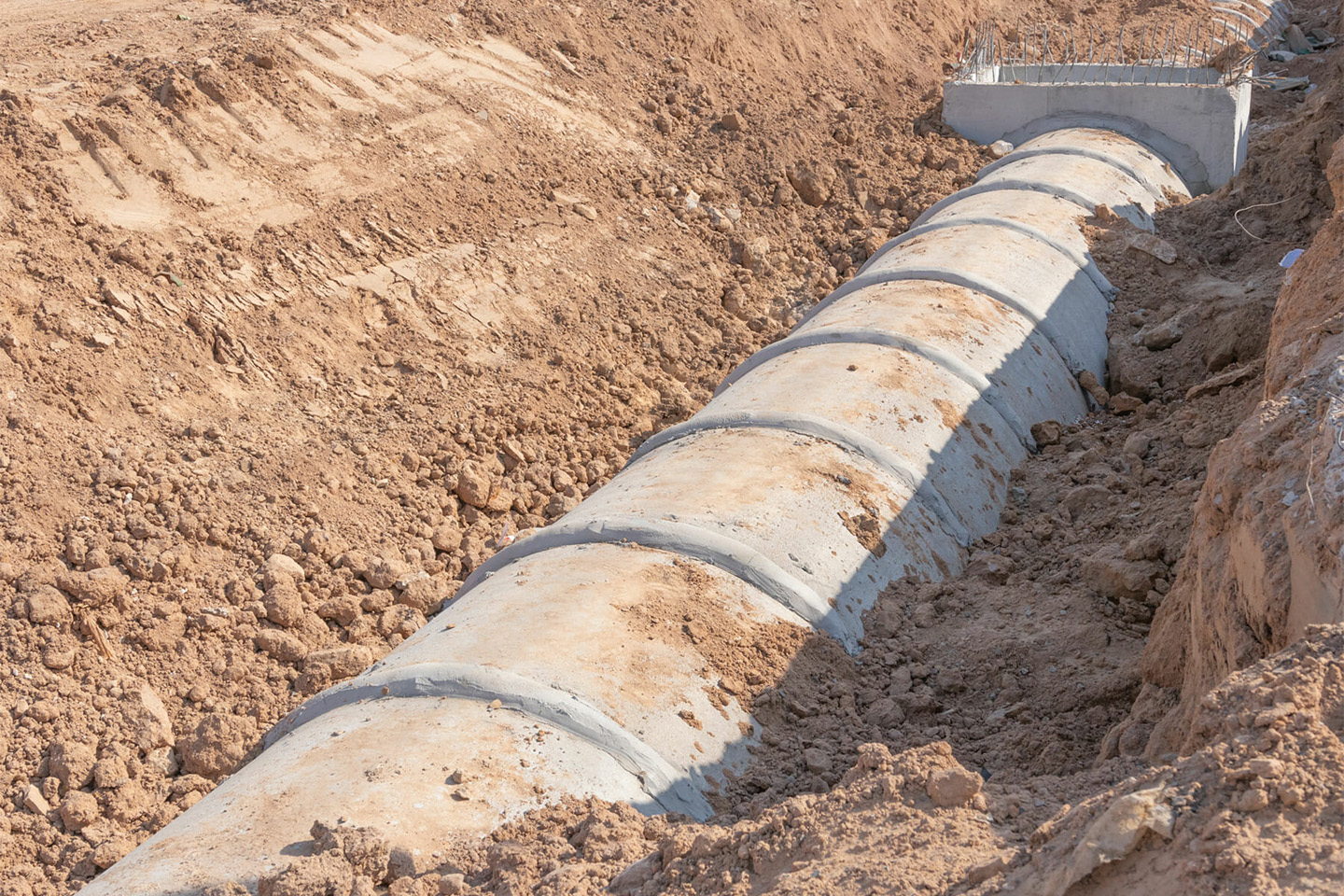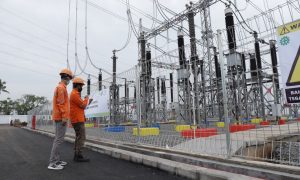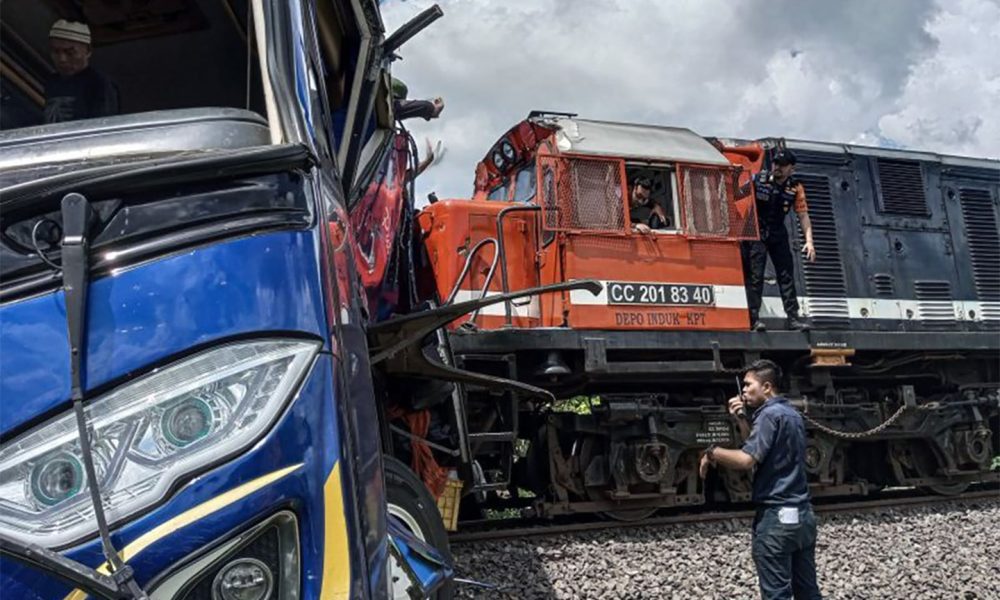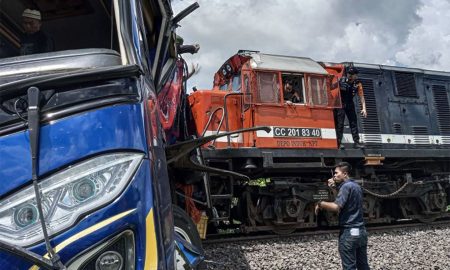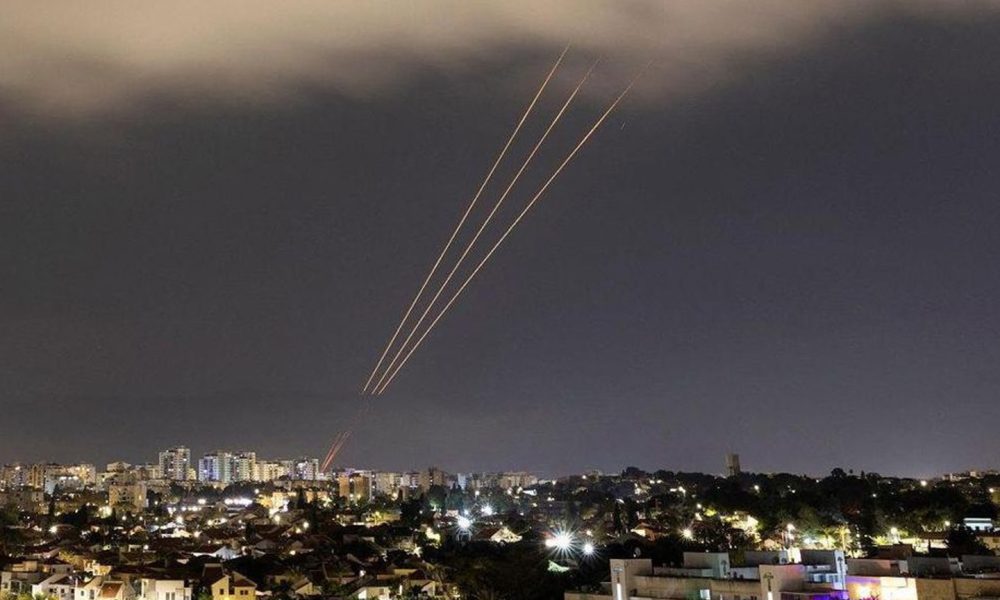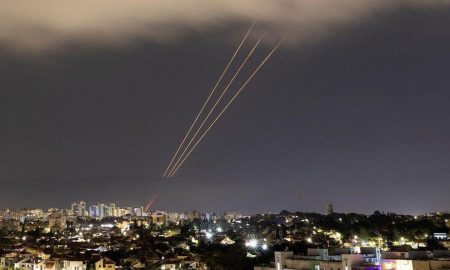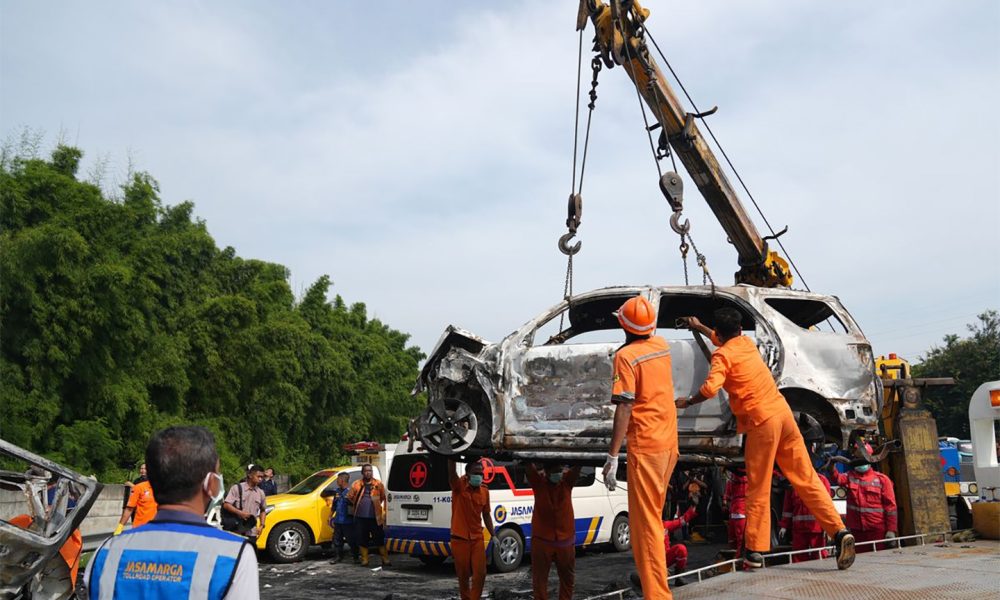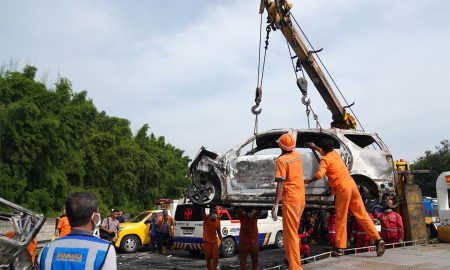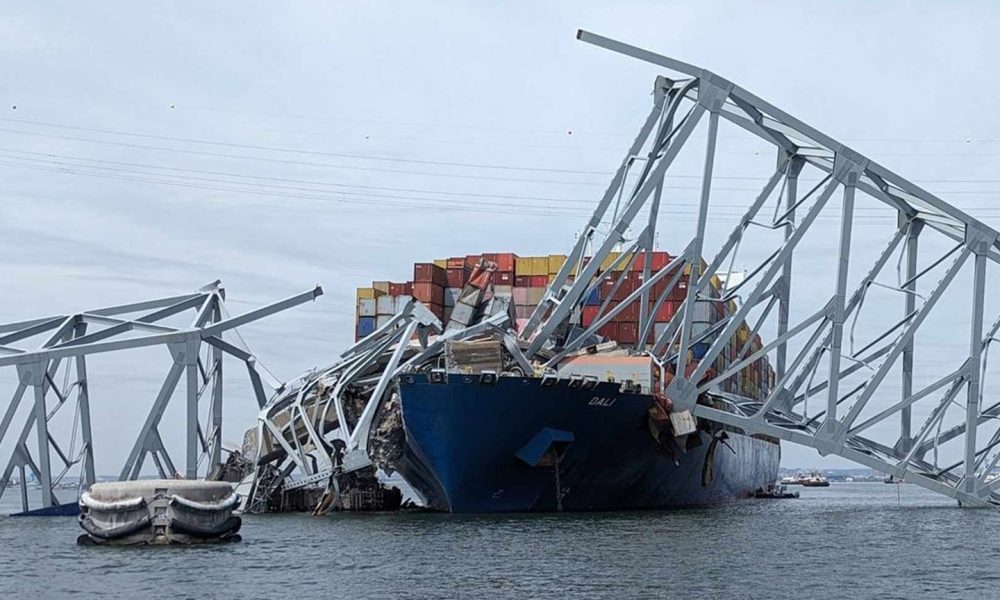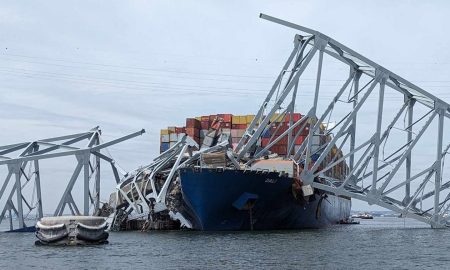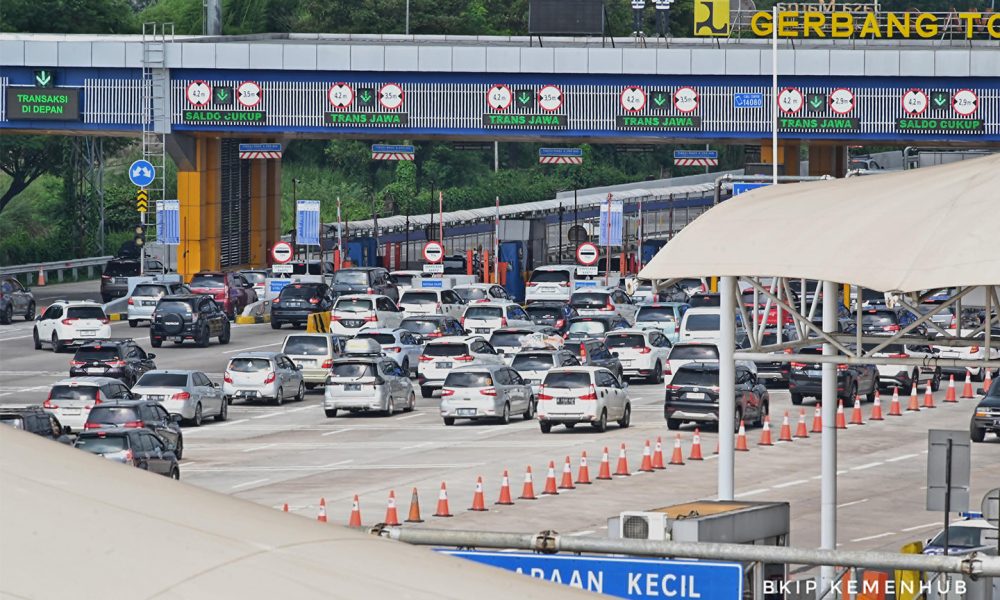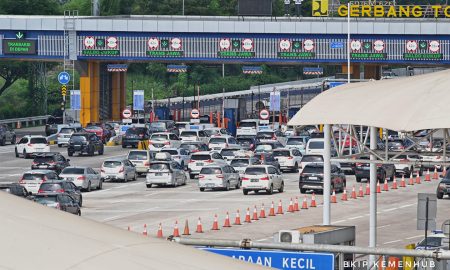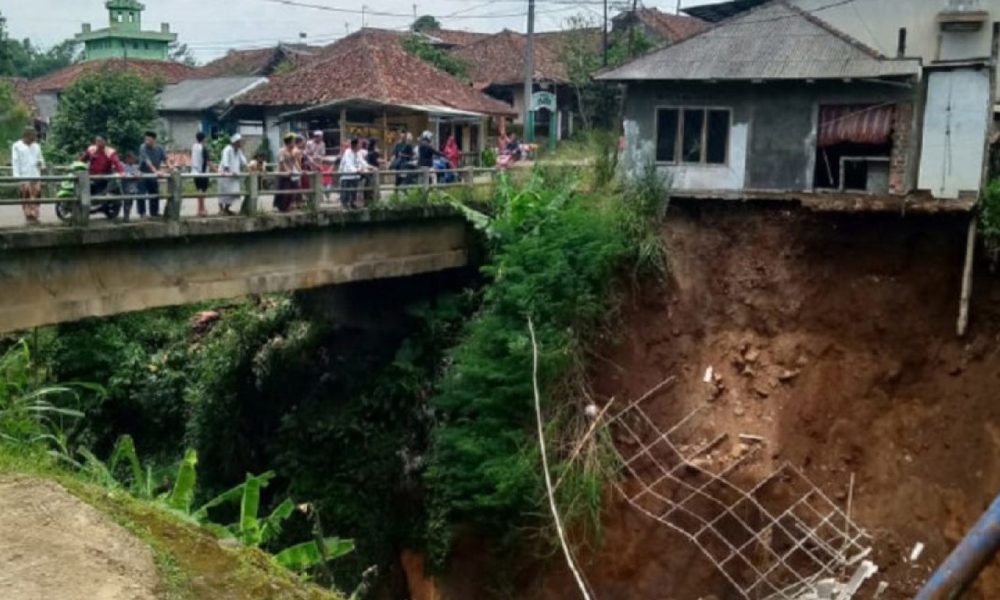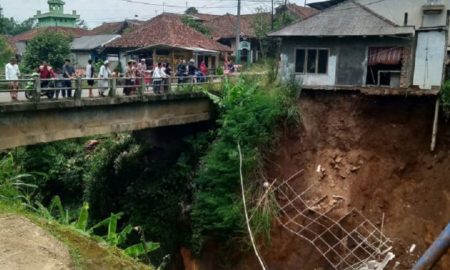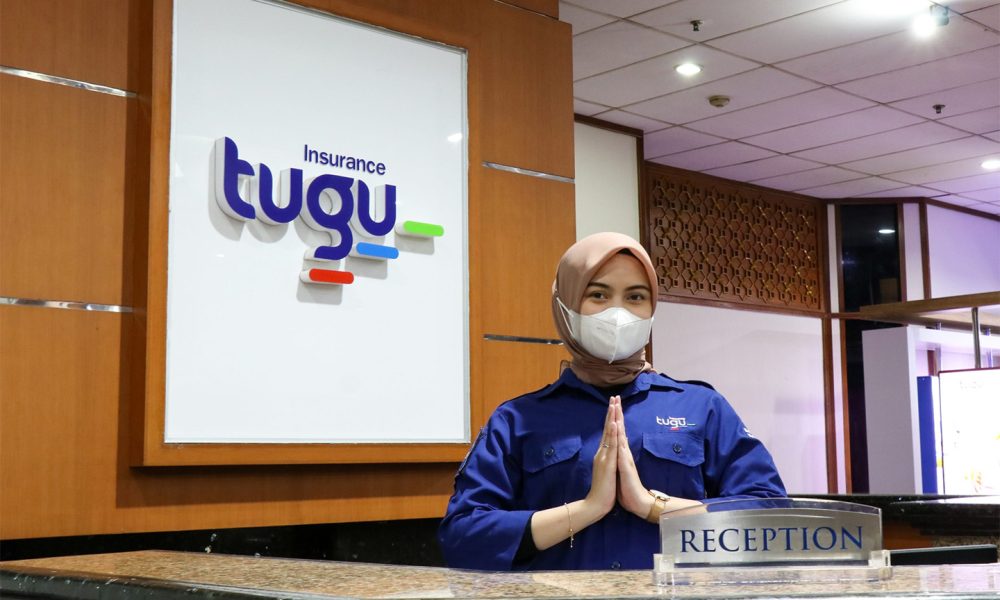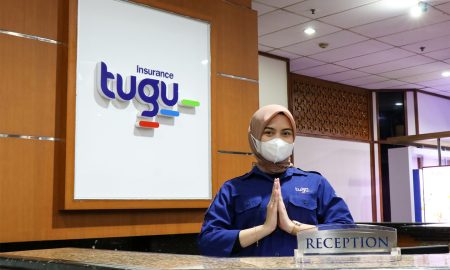Liga Asuransi – Dear risk takers, how are you? I hope your business is doing well.
As always, we keep discussing risk management and insurance, and this time, about underground construction.
Underground pipe-laying construction projects are vital in shaping the urban landscape and driving infrastructure improvement in modern cities. These projects involve the installation of pipelines, such as water supply, sewage, gas, and telecommunications, beneath the ground’s surface. The significance of underground pipe-laying construction projects can be understood through their key contributions:
- Essential Utility Distribution
Underground pipelines facilitate the efficient distribution of essential utilities that support urban living. They ensure a reliable, clean water supply, adequate sewage disposal, and energy distribution, contributing to public health, hygiene, and overall well-being.
- Minimized Visual Impact
By concealing utility networks below ground, underground pipe-laying projects help maintain the aesthetics of urban areas. This minimizes visual clutter, preserves green spaces, and allows unobstructed urban development.
- Urban Planning Flexibility
Underground pipelines provide urban planners greater flexibility in designing and developing above-ground spaces. This allows for optimized land use, aesthetic landscaping, and the creation of pedestrian-friendly environments.
- Reduced Disruption
Underground pipe laying significantly reduces disruption to traffic, businesses, and residents during construction compared to traditional surface-level construction methods. This minimizes inconveniences and supports the flow of daily urban activities.
- Enhanced Resilience
Underground infrastructure is less vulnerable to external factors such as weather events, vandalism, and accidents. This increased resilience contributes to the long-term sustainability of urban systems.
- Future-Proofing Cities
As cities grow and evolve, the demand for utilities also increases. Underground pipe-laying projects enable the expansion and upgrading of utility networks, ensuring that cities remain equipped to meet the needs of their growing populations.
- Environmental Benefits
By reducing surface disturbances, underground construction projects have a lower environmental impact. They help protect ecosystems, minimize soil erosion, and maintain the integrity of natural habitats.
- Economic Growth
Reliable and efficient utility systems are essential for economic activities to thrive. Underground pipelines support businesses, industries, and commerce, thus contributing to overall economic growth and prosperity.
THE INHERENT RISKS AND CHALLENGES
Underground pipe-laying construction projects have their share of inherent risks and challenges. These complexities underscore the importance of implementing robust risk management strategies and securing appropriate insurance coverage. Here, we highlight some of the key risks and challenges:
- Geotechnical Uncertainties
Underground projects often encounter unpredictable ground conditions, such as varying soil types, rock formations, and groundwater levels.
Unforeseen geotechnical challenges can lead to excavation difficulties, tunnel collapses, and delays.
- Utility Interference
Existing underground utilities, such as electrical cables and gas lines, pose a risk of accidental damage during excavation and pipe installation.
Utility interference can lead to disruptions, costly repairs, and safety hazards.
- Environmental Impact
Construction activities can affect the environment, including soil and water quality. Excavation may disturb habitats, cause erosion, and potentially lead to contamination.
Environmental violations can result in regulatory penalties and reputation damage.
- Safety Hazards
Working underground introduces various safety risks for workers, including confined spaces, hazardous gases, and the potential for cave-ins.
Inadequate safety measures can result in accidents, injuries, and even fatalities.
- Community Disruption
Construction in densely populated urban areas can disrupt traffic flow, access to businesses, and the daily lives of residents.
Community complaints, public unrest, and delays in project execution can result from inadequate community engagement.
- Technical Complexity
The intricate nature of underground pipe-laying projects demands precise engineering and construction techniques.
Design, alignment, or installation errors can lead to system failures, leaks, and inefficiencies.
- Regulatory Compliance
Compliance with local regulations, permits, and environmental standards is crucial for underground construction projects.
Failure to meet regulatory requirements can lead to project delays, legal liabilities, and financial penalties.
- Project Delays and Budget Overruns
Unexpected challenges and disruptions can lead to delays in project completion and exceedance of budget estimates.
Delays can impact contractual obligations, revenue generation, and stakeholder trust.
- Contractual and Legal Risks
Complex contracts and agreements may give rise to disputes, claims, or legal challenges between project stakeholders.
Inadequate contract management can result in financial disputes and project interruptions.
THE VARIOUS TYPES OF RISKS INVOLVED
The various types of risks associated with underground pipe-laying construction projects:
Geological Risks
Geological risks stem from the uncertain and complex nature of subsurface conditions. They include:
Unforeseen Soil Conditions: Variability in soil composition, stability, and bearing capacity can impact excavation, tunneling, and pipe installation processes.
Rock Formations: The presence of hard rock formations can complicate tunneling and increase excavation costs.
Groundwater: High groundwater levels can lead to flooding in excavated areas, affecting work progress and safety.
Environmental Risks
Environmental risks pertain to the potential impact of construction activities on the ecosystem and surroundings. They involve:
Habitat Disruption: Excavation and construction can disturb habitats, affecting local flora and fauna.
Contamination: Construction activities may lead to soil or water pollution, potentially affecting water bodies and soil quality.
Technological Risks
Technological risks arise from the complexity of underground construction methods and the use of specialized equipment. These risks include:
Equipment Failure: Malfunctions in tunnel boring machines, jacking systems, or other specialized equipment can lead to delays and financial losses.
Tunneling Accuracy: Precision is vital in tunneling to avoid deviations or misalignment, which can lead to operational issues.
Regulatory and Permitting Risks
Regulatory and permitting risks are associated with compliance with legal and regulatory requirements. These risks encompass:
Permit Delays: Delays in obtaining necessary permits can hinder project commencement and progress.
Non-Compliance: Failure to meet environmental and safety regulations can result in legal penalties, project stoppages, and reputation damage.
Safety Risks
Safety risks involve potential harm to workers, the public, and property. These risks encompass:
Worker Safety: Working underground presents hazards such as confined spaces, cave-ins, and exposure to hazardous gases.
Public Safety: Construction activities near populated areas can pose safety risks to the public, particularly if not properly managed.
Design and Construction Risks
Design and construction risks relate to errors or issues in project planning and execution. These risks include:
- Design Flaws: Inaccurate design or inadequate consideration of project requirements can lead to performance issues or system failures.
- Construction Errors: Poor workmanship during pipe installation, connection, or backfilling can compromise system integrity.
Financial and Economic Risks
Financial and economic risks are tied to budgeting, costs, and unforeseen financial factors. These risks include:
- Cost Overruns: Unanticipated expenses or changes in material costs can lead to budget overruns.
- Market Fluctuations: Economic changes can affect project financing, cost estimations, and profitability.
Project Management Risks
Project management risks are related to coordination, communication, and administrative aspects. These risks encompass:
- Scheduling Issues: Delays in project milestones or completion can disrupt project timelines and contractual obligations.
- Stakeholder Coordination: Ineffective communication and collaboration among stakeholders can lead to conflicts and delays.
REAL-WORLD EXAMPLES OF POTENTIAL ISSUES
Here are some real-world examples of potential issues that can arise during underground pipe-laying projects:
Groundwater Infiltration
- Issue: High groundwater levels seep into the excavation area, leading to flooding and hindering construction progress. This can weaken the soil and destabilize the excavation.
- Impact: Delays in the project timeline, increased construction costs, compromised stability of the excavation, and potential damage to equipment.
Utility Interference
- Issue: Accidental damage to existing underground utilities, such as gas or water lines, during excavation or pipe installation.
- Impact: Service disruptions, costly repairs, potential safety hazards, regulatory penalties, and potential legal liabilities.
Soil Settlement and Subsidence
- Issue: Improper compaction or backfilling of soil around the pipes can result in settlement and subsidence of the ground surface.
- Impact: Surface deformities, pavement cracking, potential damage to nearby structures, and increased maintenance costs.
Unexpected Geotechnical Conditions
- Issue: Encountering unforeseen hard rock formations or unstable soil during tunneling or excavation.
- Impact: Increased excavation costs, delays in progress, potential need for specialized equipment or techniques, and heightened safety risks.
Inaccurate Alignment or Grade
- Issue: Deviations from the intended pipe alignment or grade, resulting in misaligned pipes or inadequate slope for proper flow.
- Impact: Reduced system efficiency, increased risk of blockages, potential need for corrective actions, and operational challenges.
Environmental Contamination
- Issue: Soil or groundwater contamination due to inadequate handling and disposal of construction materials or accidental spills.
- Impact: Regulatory violations, cleanup costs, potential legal actions, reputation damage, and negative environmental impact.
Worker Safety Incidents
- Issue: Accidents and injuries among workers due to inadequate safety protocols, confined space hazards, or equipment malfunctions.
- Impact: Injuries, potential loss of life, project delays, increased insurance premiums, legal liabilities, and damage to company reputation.
Design Flaws or Inadequacies
- Issue: Design errors or oversights that lead to structural weaknesses, insufficient capacity, or improper pipe connections.
- Impact: Reduced system performance, increased maintenance requirements, potential leaks or failures, and costly corrective measures.
Regulatory Compliance Challenges
- Issue: Delays or complications in obtaining necessary permits or meeting regulatory requirements.
- Impact: Project delays, increased administrative burden, potential legal penalties, and financial losses.
Community Disruptions
- Issue: Inadequate communication with local communities or mismanagement of construction activities causing disruptions to traffic, businesses, or residents.
- Impact: Public outcry, community protests, project stoppages, delays, and damage to community relations.
Please explain the concept of risk management and its role in identifying, assessing, mitigating, and monitoring risks throughout the project lifecycle.
SPECIFIC STRATEGIES AND BEST PRACTICES
Specific strategies and best practices for mitigating risks in underground pipe laying projects:
Geotechnical Assessments
- Comprehensive Site Investigation: Conduct thorough geotechnical investigations to understand subsurface conditions, soil types, rock formations, and groundwater levels. This information guides design and construction decisions.
- Engineering Solutions: Utilize geotechnical engineering expertise to design appropriate foundations, excavation methods, and support systems based on site-specific conditions.
- Real-Time Monitoring: Implement instrumentation and monitoring systems to continuously track ground movement, settlement, and groundwater levels during construction.
Contingency Planning
- Risk Contingency Funds: Allocate contingency funds in the project budget to address unforeseen challenges. These funds provide a financial buffer for unexpected events.
- Scenario Analysis: Anticipate various scenarios impacting the project and develop response plans for each. This ensures readiness to address emerging risks promptly.
- Alternative Strategies: Develop alternative construction methods or routes that can be activated if the primary approach encounters significant challenges.
Stakeholder Engagement
- Early and Open Communication: Engage with stakeholders, including local communities, regulatory authorities, and utility providers, from the project’s early stages. Address concerns and gather input to inform project planning.
- Community Outreach: Conduct public information sessions and involve residents in project discussions to create understanding and gather feedback.
- Mitigate Community Disruption: Develop construction schedules and traffic management plans that minimize disruptions to local businesses, residents, and transportation networks.
Safety Protocols
- Safety Training: Ensure all workers are adequately trained in safety protocols, including proper equipment use, confined space procedures, and emergency response.
- Regular Inspections: Conduct routine safety inspections of equipment, work areas, and access points to identify and rectify potential hazards.
- Emergency Preparedness: Develop and communicate emergency response plans to address potential accidents, hazardous situations, or unexpected events.
Quality Control and Assurance
- Material Testing: Implement rigorous material testing and quality control procedures to ensure that pipes, backfill materials, and other components meet required standards.
- Inspections: Regularly inspect construction activities to verify that work is performed according to design specifications and safety protocols.
Design Review
- Peer Review: Engage external experts or consultants to conduct peer reviews of design plans, ensuring that potential issues are identified and addressed before construction begins.
- Value Engineering: Evaluate design alternatives to optimize project efficiency, reduce risks, and improve constructability.
Legal and Regulatory Compliance
- Permit Management: Establish a comprehensive permitting process to ensure that all necessary permits are obtained, and regulatory requirements are met.
- Regulatory Liaison: Maintain ongoing communication with regulatory agencies to stay updated on any changes or new requirements that may affect the project.
Documentation and Reporting
- Thorough Documentation: Maintain detailed records of construction activities, site conditions, and risk mitigation efforts for future reference and potential dispute resolution.
- Regular Reporting: Provide project updates to stakeholders, including progress, challenges, and mitigation measures.
INSURANCE COVERAGE RELEVANT UNDERGROUND PIPE-LAYING PROJECTS
Insurance coverage is crucial to managing risks in underground pipe-laying projects. Various types of insurance provide financial protection against potential losses, liabilities, and unforeseen events. Here are some key types of insurance coverage relevant to such projects:
Construction All-Risk (CAR) Insurance
- Coverage: CAR insurance, also known as Builder’s Risk insurance, provides comprehensive coverage for physical damage to the construction project, including the pipes, equipment, and structures, against various perils such as fire, theft, vandalism, and natural disasters.
- Benefits: CAR insurance ensures the project is financially protected in case of damage or loss, helping cover repair or replacement costs. It can also include coverage for temporary structures, machinery, and materials.
- Importance: Given the complex and high-value nature of underground pipe-laying projects, CAR insurance is essential to safeguard the project investment and ensure its successful completion.
Third-Party Liability Insurance
- Coverage: Third-Party Liability insurance covers legal liabilities arising from bodily injury, property damage, or personal injury to third parties, including bystanders, neighboring properties, or individuals affected by the project.
- Benefits: This insurance helps cover legal defense costs, settlement payments, or court-ordered damages in case of lawsuits or claims filed by third parties.
- Importance: Underground construction activities can impact neighboring properties or pose safety risks to the public. Third-Party Liability insurance provides financial protection and ensures responsible project management.
Professional Indemnity (PI) Insurance
- Coverage: PI insurance, or Errors and Omissions insurance, covers professionals (e.g., engineers, consultants) against claims of professional negligence, errors, or omissions in design or advice provided.
- Benefits: PI insurance provides financial protection if a professional’s advice or design leads to project delays, defects, or disputes. It covers legal costs, settlements, or damages awarded in such cases.
- Importance: Accurate engineering design and expert advice are critical in underground pipe-laying projects. PI insurance protects professionals and their clients from potential liabilities from design-related issues.
Environmental Liability Insurance
- Coverage: Environmental Liability insurance addresses liabilities related to pollution, contamination, or environmental damage that may occur during construction or operation.
- Benefits: This coverage assists with cleanup costs, legal expenses, and potential fines from environmental incidents.
- Importance: Underground construction can impact soil quality, groundwater, and ecosystems. Environmental Liability insurance helps manage potential environmental risks and liabilities.
Workers’ Compensation Insurance
- Coverage: Workers’ Compensation insurance covers medical expenses, lost wages, and rehabilitation costs for injured employees due to work-related activities.
- Benefits: This insurance ensures that injured workers receive necessary medical care and compensation without placing financial burdens on the project owner or contractor.
- Importance: Underground construction involves safety hazards. Workers’ Compensation insurance promotes a safe working environment and supports injured workers.
Contractual Liability Insurance
- Coverage: Contractual Liability insurance covers liabilities assumed by the insured under a contract, including indemnification agreements or liability accepted for third-party claims.
- Benefits: This coverage ensures compliance with contractual obligations and provides financial protection if the project owner or contractor is held liable for damages as specified in a contract.
- Importance: Underground pipe laying projects often involve complex contracts and agreements. Contractual Liability insurance helps manage potential liabilities arising from contractual obligations.
THE IMPORTANCE OF AN INSURANCE BROKER
An insurance broker plays a crucial role in tailoring insurance policies to address the risks associated with underground pipe-laying projects. These professionals possess expertise in insurance markets, policy nuances, and risk management strategies. Their role is vital in ensuring insurance coverage aligns with each project’s unique characteristics and challenges. Here’s how insurance brokers contribute to customizing policies for underground pipe-laying projects:
- Comprehensive Risk Assessment
Insurance brokers work closely with project stakeholders to conduct a thorough risk assessment specific to the underground pipe-laying project. They identify and analyze potential risks, considering project scale, location, soil conditions, geotechnical challenges, environmental impact, and technical complexity. This assessment forms the foundation for designing tailored insurance solutions.
- Policy Customization
Based on the risk assessment, insurance brokers collaborate with insurers to customize insurance policies that address the project’s unique risks. They negotiate with insurers to include coverage provisions, limits, and endorsements that align with the project’s requirements. This may involve modifications to standard policy language to ensure it reflects the project’s specific needs.
- Tailored Coverage for Project Phases
Underground pipe laying projects have distinct phases, from site preparation to construction and commissioning. An insurance broker ensures that coverage is tailored to each phase’s risks. For instance, during excavation, coverage may focus on geotechnical risks, while during installation, coverage might include damage to pipes or equipment.
- Geographical Considerations
The location of the project can influence the types of risks it faces. When customizing insurance policies, an insurance broker considers regional factors such as geological conditions, climate, regulatory requirements, and local environmental considerations. This ensures that the coverage is relevant and effective for the project’s location.
- Technical Expertise
Underground pipe-laying projects often involve specialized equipment and construction methodologies. Insurance brokers with technical knowledge understand the intricacies of these aspects and can ensure that coverage encompasses potential technical challenges, equipment breakdowns, and other technical risks unique to the project.
- Project Scale and Budget
The size and budget of the project influence the level of coverage needed. An insurance broker helps project stakeholders balance coverage requirements with budget constraints. They assist in optimizing coverage to ensure adequate protection without unnecessary costs.
- Claims Management Support
In the event of a claim, an insurance broker serves as an advocate for the project owner or contractor. They facilitate communication with the insurer, assist in documenting and filing claims, and ensure the project’s interests are protected throughout the claims process.
- Ongoing Risk Management
Insurance brokers provide ongoing support by continuously evaluating the project’s evolving risks. They help project stakeholders stay proactive in risk management, suggesting adjustments to coverage as the project progresses and new risks emerge.
An insurance broker’s expertise is vital in customizing insurance policies for underground pipe-laying projects. By tailoring coverage to the project’s specific risks, scale, location, and technical complexity, insurance brokers enhance risk management, ensure adequate protection, and contribute to the project’s successful completion while minimizing financial vulnerabilities.
CONCLUSIONS
In construction, particularly in underground pipe-laying projects, risk management, and insurance stand as steadfast guardians of success. As we have explored throughout this article, the significance of these two pillars cannot be overstated. They are the sentinels that safeguard against uncertainties, shield against financial turbulence, and pave the path toward timely project completion, enhanced safety, and seamless urban development.
Effective risk management emerges as the bedrock upon which the project’s fate is shaped. From meticulous site investigations that unearth the earth’s secrets to astute geotechnical assessments that decipher the underground language, every step is a proactive shield against potential hazards. Project stakeholders erect a fortress of resilience that stands unwavering in the face of adversity by identifying, assessing, and meticulously planning for risks. Moreover, this comprehensive risk management strategy doesn’t merely provide protection; it empowers decision-makers with the tools to make informed choices, adapt to evolving challenges, and confidently navigate uncharted terrains.
Crucially, the role of an insurance broker emerges as a linchpin in this grand tapestry of risk management and insurance. They wield their expertise to weave bespoke policies addressing the project’s distinct DNA – its scale, location, technical complexity, and potential risks. An insurance broker’s mastery transforms generic policies into tailor-made armor, precisely molded to shield against the unique challenges underground pipe-laying projects present.
As the pipes descend into the depths and the project progresses beneath the surface, the lessons gleaned from this exploration are clear: robust risk management and carefully crafted insurance coverage are not mere luxuries but rather the cornerstones upon which the success of underground pipe-laying projects is built. In this partnership, vision meets pragmatism, and innovation finds steadfast protection, converging toward a shared goal of transforming urban landscapes and driving infrastructure improvement. It is a partnership that doesn’t just ensure the project’s survival; it guarantees it’s thriving in a world where uncertainty and opportunity coexist, and every challenge is met with a resounding chorus of preparedness and assurance.
One of the insurance brokers in Indonesia focusing on construction risks is L&G Insurance Broker. For all your insurance needs, please L&G now!
—
LOOKING FOR INSURANCE PRODUCTS? DON’T WASTE YOUR TIME AND CONTACT US RIGHT NOW
L&G HOTLINE 24 HOURS: 0811-8507-773 (CALL – WHATSAPP – SMS)
website: lngrisk.co.id
E-mail: customer.support@lngrisk.co.id
—



